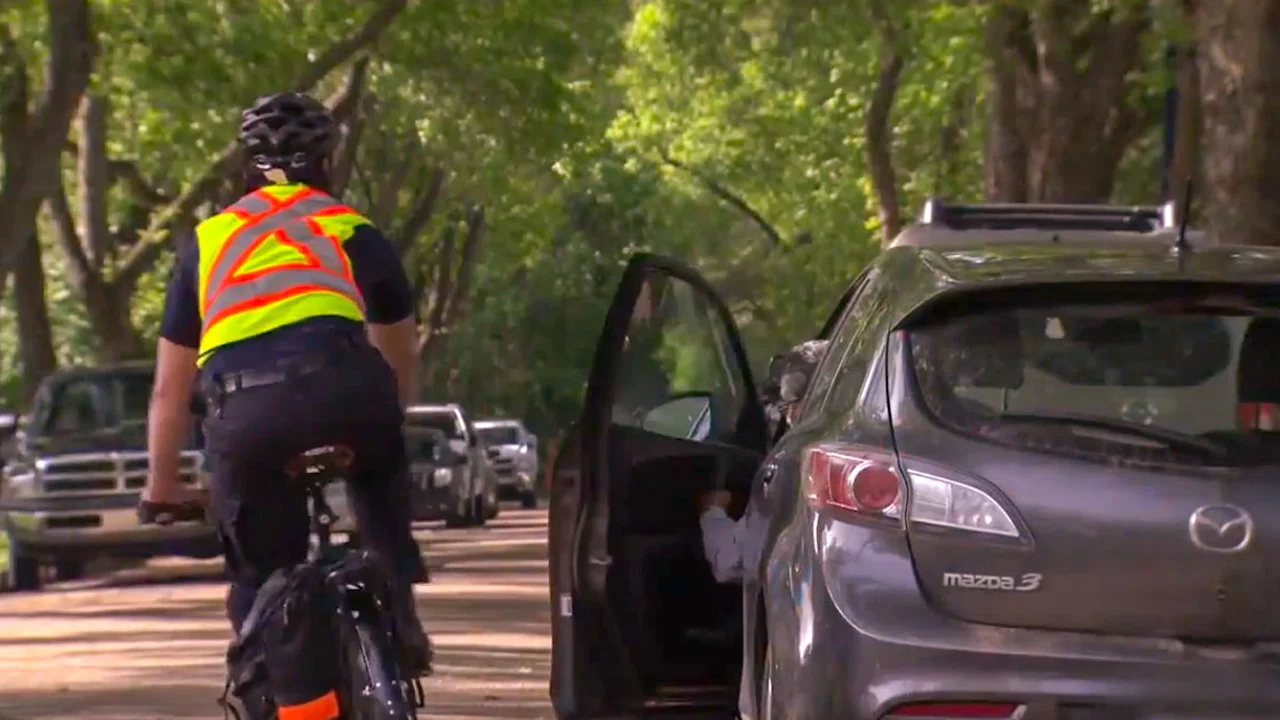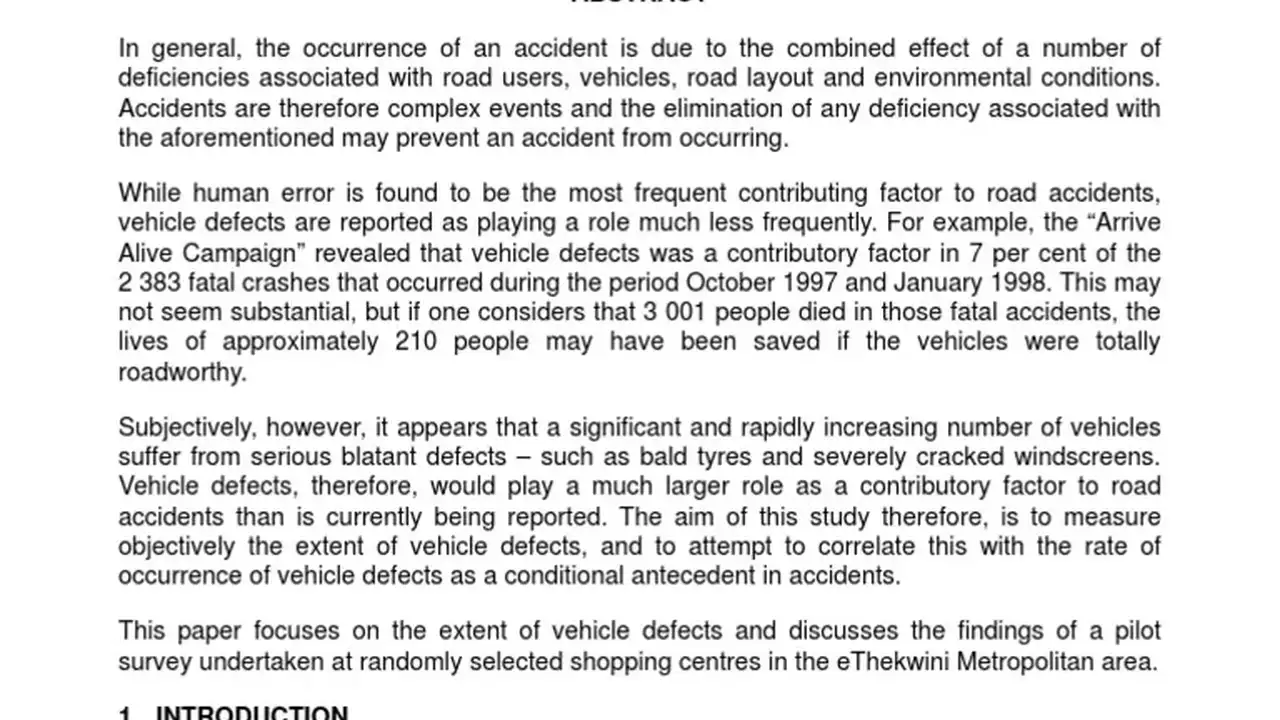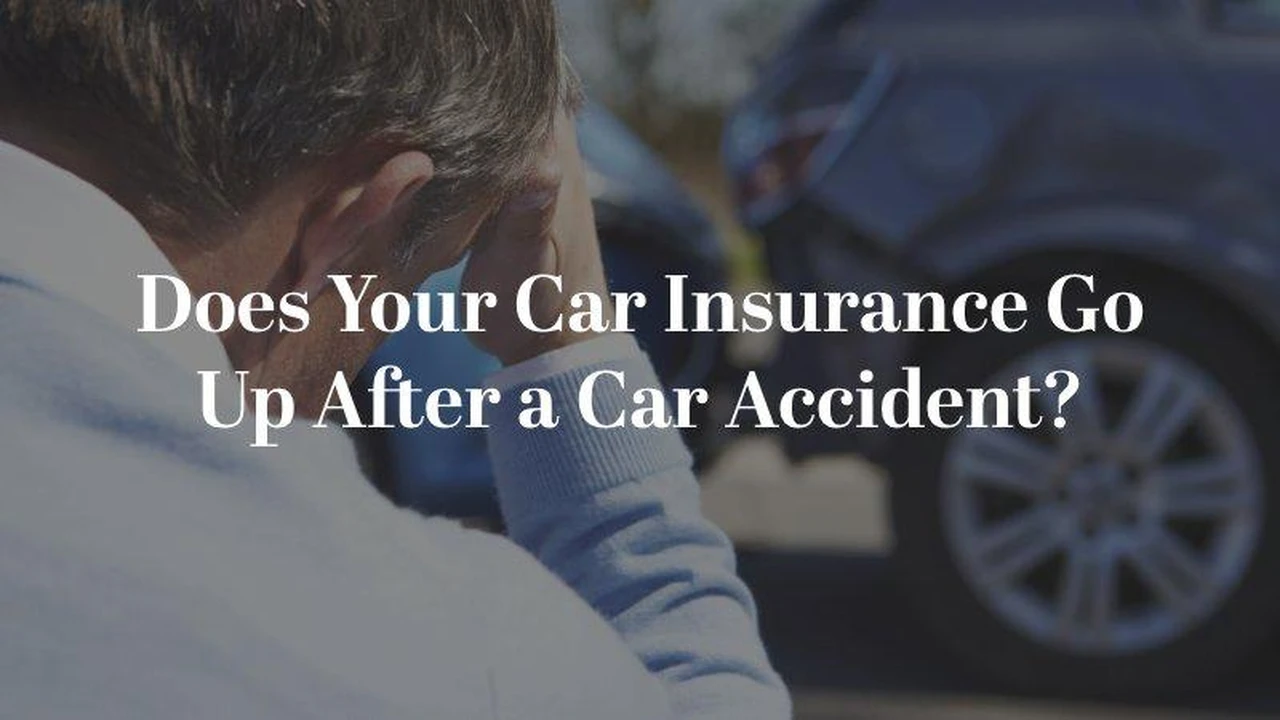The Impact of Inflation on Car Insurance Costs

Understanding Inflation and its Effects on Car Insurance Premiums
Okay, let's talk about something that's probably on everyone's mind – inflation. It's that sneaky thing that makes your groceries, gas, and well, just about everything, more expensive. But did you know it also impacts your car insurance? Yeah, it's a real domino effect. When inflation rises, so do the costs for insurance companies to handle claims. Think about it: car parts get pricier, labor costs for repairs go up, and even medical bills related to accidents see an increase. All of these factors translate into higher premiums for you.
How Inflation Affects Car Repair Costs and Insurance Claims
So, how exactly does this work? Let's break it down. Imagine you get into a fender bender (hopefully not!). The cost to repair your car now is likely significantly higher than it was even a year ago. This is because the parts needed to fix your car – bumpers, headlights, sensors – are all subject to inflationary pressures. Supply chain issues, increased raw material costs, and higher manufacturing expenses all contribute to this. The body shop has to pay more for these parts, and that cost gets passed along to the insurance company when they pay the claim. Labor costs are also a big factor. Mechanics and technicians need to be paid a fair wage, and as the cost of living increases, so do their salaries. This means the insurance company is paying more for the labor involved in repairing your car. In short, higher repair costs mean higher claims payouts for insurers, which then leads to higher premiums for everyone.
The Rising Costs of Medical Care and Their Influence on Insurance Rates
It's not just car repairs that are affected. If someone is injured in an accident, the cost of medical care also plays a significant role. Inflation impacts everything from doctor's visits and hospital stays to physical therapy and medication. As these costs rise, insurance companies have to pay out more for medical claims. This is especially true for accidents involving serious injuries. These higher medical payouts put additional pressure on insurance companies, leading to increased premiums for drivers. So, even if you're a super safe driver, you're still indirectly affected by the rising costs of medical care related to accidents.
Specific Car Insurance Discounts Available During Inflationary Periods
Now, the good news! Even though inflation is driving up car insurance costs, there are still ways to save money. Let’s talk discounts. Many insurers offer discounts for things like: good driving records (obviously!), being a student, being a senior citizen, having multiple cars insured with the same company, bundling your car insurance with your home or renters insurance, and even for certain safety features on your car. It’s always worth checking with your insurer to see what discounts you qualify for. Some companies even offer discounts for paying your premium in full or setting up automatic payments.
Safe Driving Habits and Defensive Driving Courses to Lower Premiums
Beyond discounts, the best way to save money on car insurance is to be a safe driver. Avoid accidents and traffic violations, and you'll likely see lower premiums. Consider taking a defensive driving course. Many insurers offer discounts to drivers who complete these courses. These courses teach you how to anticipate and avoid potential hazards on the road, making you a safer driver and potentially saving you money on your insurance.
The Role of Safety Features in Reducing Insurance Expenses
Your car's safety features can also play a role in lowering your insurance costs. Cars equipped with anti-lock brakes, airbags, electronic stability control, and advanced driver-assistance systems (ADAS) like lane departure warning and automatic emergency braking are generally considered safer and may qualify for discounts. These features help prevent accidents or reduce the severity of injuries in the event of a crash, which can lead to lower claims payouts for insurance companies. This, in turn, can translate into lower premiums for you.
Comparing Car Insurance Companies and Finding the Best Rates During Inflation
Shopping around and comparing quotes from different car insurance companies is crucial, especially during inflationary periods. Don't just stick with the same insurer year after year without checking to see if you can get a better deal elsewhere. Use online comparison tools or work with an independent insurance agent to get quotes from multiple companies. Be sure to compare the coverage options, deductibles, and discounts offered by each company to find the best value for your needs.
Telematics Devices and Usage-Based Insurance Programs for Potential Savings
Consider telematics devices or usage-based insurance programs. These programs track your driving habits using a device installed in your car or a smartphone app. If you demonstrate safe driving habits, such as avoiding speeding, hard braking, and late-night driving, you may be eligible for significant discounts. These programs are a great way to control your insurance costs by directly influencing your driving behavior.
Adjusting Your Coverage Levels and Deductibles to Manage Costs
Review your coverage levels and deductibles. Increasing your deductible (the amount you pay out of pocket before your insurance kicks in) can lower your premium. However, be sure you can afford to pay the higher deductible if you need to file a claim. Also, consider whether you really need comprehensive and collision coverage, especially if you have an older car. If the value of your car is low, it may not be worth paying for these coverages.
The Impact of Your Credit Score on Insurance Premiums and How to Improve It
In many states, your credit score can impact your car insurance premiums. Insurers argue that drivers with good credit scores are statistically less likely to file claims. If you have a low credit score, take steps to improve it by paying your bills on time, reducing your debt, and avoiding new credit applications. A better credit score can lead to lower insurance premiums.
How Location Affects Car Insurance Costs and Urban vs Rural Differences
Where you live also affects your car insurance costs. Drivers in urban areas typically pay higher premiums than those in rural areas due to higher rates of accidents, theft, and vandalism. If you move, be sure to update your address with your insurance company to ensure you're paying the correct rate.
The Importance of Maintaining Continuous Insurance Coverage to Avoid Rate Hikes
Maintaining continuous insurance coverage is important to avoid rate hikes. If you let your insurance lapse, even for a short period, you may be considered a higher-risk driver and face higher premiums when you reinstate your coverage. Avoid gaps in coverage by renewing your policy on time or finding a new insurer before your current policy expires.
The Long-Term Effects of Inflation on the Car Insurance Industry and Consumers
The long-term effects of inflation on the car insurance industry and consumers are significant. As inflation continues to rise, insurance companies will likely continue to increase premiums to cover their rising costs. Consumers will need to be proactive in finding ways to save money on car insurance, such as shopping around for the best rates, taking advantage of discounts, and improving their driving habits. Staying informed about the factors that influence car insurance costs and taking steps to mitigate the impact of inflation is essential for managing your insurance expenses.
Reviewing Your Policy Annually and Making Necessary Adjustments
Review your car insurance policy annually. Life changes, like getting married, moving, or buying a new car, can all affect your insurance needs. Regularly review your policy to ensure you have adequate coverage and are taking advantage of all available discounts.
Understanding Uninsured and Underinsured Motorist Coverage During Economic Downturns
Consider Uninsured/Underinsured Motorist Coverage. In times of economic hardship, some drivers may choose to drive without insurance or with minimal coverage. Uninsured/Underinsured Motorist coverage protects you if you're hit by a driver who doesn't have insurance or doesn't have enough insurance to cover your damages. This coverage can help pay for your medical expenses, lost wages, and car repairs.
Product Recommendations: Comparing Dash Cams and Their Insurance Benefits
Let's talk about some products that can help you save on insurance or protect yourself in the event of an accident. One great option is a dash cam. Many insurance companies offer discounts to drivers who install dash cams in their vehicles. Dash cams provide video evidence of accidents, which can be helpful in resolving disputes and proving fault. Here are a few recommendations:
Garmin Dash Cam 67W: Wide Angle Lens and Clarity
The Garmin Dash Cam 67W is a great option for its wide 180-degree field of view and excellent video quality, even in low light. It also has voice control, so you can start and stop recording without taking your hands off the wheel. Use Case: Daily commuting, road trips. Comparison: Compared to the Nextbase 522GW, the Garmin offers better video quality and a wider field of view, but lacks the emergency SOS feature. Price: Around $250.
Nextbase 522GW: Emergency SOS Feature for Accidents
The Nextbase 522GW is another popular option, known for its emergency SOS feature, which automatically alerts emergency services in the event of a serious accident. It also has a parking mode that records when your car is parked. Use Case: Parking security, accident assistance. Comparison: The Nextbase has better parking mode than the Garmin, but the video quality isn't quite as good. Price: Around $200.
Vantrue N4: Three-Channel Recording for Comprehensive Coverage
For ultimate protection, consider the Vantrue N4. This dash cam records in three channels: front, interior, and rear. This provides comprehensive coverage in the event of an accident. Use Case: Rideshare drivers, families. Comparison: The Vantrue N4 offers the most comprehensive coverage but is also the most expensive. Price: Around $300.
Product Recommendations: Anti-Theft Devices and Insurance Implications
Anti-theft devices can also help lower your insurance premiums. Many insurers offer discounts for cars equipped with alarms, immobilizers, and GPS tracking systems. Here are a few recommendations:
LoJack: GPS Tracking and Recovery System
LoJack is a well-known GPS tracking and recovery system that can help police locate your car if it's stolen. Use Case: High-theft areas, valuable vehicles. Comparison: LoJack is more expensive than other GPS trackers, but it has a higher recovery rate due to its collaboration with law enforcement. Price: Around $700 (including installation).
Viper Alarm System: Comprehensive Security Features
Viper alarm systems offer a range of features, including alarms, immobilizers, and remote start. Use Case: Deterring theft, remote convenience. Comparison: Viper alarms are more affordable than LoJack but don't offer the same level of GPS tracking. Price: Around $200-$500 (including installation).
Apple AirTag/Tile Mate: Affordable Tracking Options
Apple AirTags and Tile Mate are affordable tracking devices that can be used to track your car if it's stolen. While they don't offer the same level of security as LoJack or Viper, they can be helpful in locating your car if it's stolen and hidden nearby. Use Case: Budget-friendly tracking, locating lost keys. Comparison: AirTags and Tile Mate are much cheaper than LoJack and Viper, but they rely on the Bluetooth network and may not be effective in all areas. Price: Around $30 each.
Product Recommendations: Safe Driving Apps and Insurance Discounts
Several safe driving apps can track your driving habits and provide feedback to help you improve your skills. Some insurance companies partner with these app developers to offer discounts to drivers who demonstrate safe driving habits. Here are a few recommendations:
Drive Safe & Save (State Farm): Direct Insurance Integration
State Farm's Drive Safe & Save app tracks your driving habits and rewards you with discounts for safe driving. Use Case: State Farm customers seeking discounts. Comparison: This app is only available to State Farm customers. Price: Free to download; discounts vary based on driving habits.
Snapshot (Progressive): Personalized Feedback and Savings
Progressive's Snapshot program also tracks your driving habits and offers personalized feedback and potential savings. Use Case: Progressive customers seeking discounts. Comparison: This program is only available to Progressive customers. Price: Free to participate; discounts vary based on driving habits.
TrueMotion Family: Comprehensive Driving Analysis
TrueMotion Family is a third-party app that tracks your driving habits and provides a comprehensive analysis of your driving behavior. While it doesn't directly offer insurance discounts, it can help you identify areas where you can improve your driving skills and potentially lower your insurance premiums. Use Case: General driving improvement, family monitoring. Comparison: This app is not directly linked to any insurance company but provides valuable insights into your driving habits. Price: Free basic version; paid subscription for advanced features.
:max_bytes(150000):strip_icc()/277019-baked-pork-chops-with-cream-of-mushroom-soup-DDMFS-beauty-4x3-BG-7505-5762b731cf30447d9cbbbbbf387beafa.jpg)






